clanthar
TPF Noob!
- Joined
- Aug 2, 2010
- Messages
- 767
- Reaction score
- 86
- Location
- Saint Louis MO
- Can others edit my Photos
- Photos OK to edit
I've not used the specific software in the comparison above, but the software that I do use, UFRAW, provides separate input and output histograms. If the input histogram taps the right edge, you've overexposed, if you're close without touching, then you've done fine.
Even here you're assuming that the input histogram was created without software interpretation. You can't assume that. Just to get that input histogram your RAW file has to be decoded and transferred to an 8 bit (0 through 255) scale graph. C1 has an option to show what they call a linear histogram of the photo (without their applied tone curve) -- ACR has the same option as does DPP. In theory this would be the input histogram and, for the same file, I should assume the same result from each program, BUT they're different.
You can't look at the negative anymore and the histograms are an interpretation of your data. We're forced to place some trust in the interpreters. My trust comes with a wary eye.
Joe


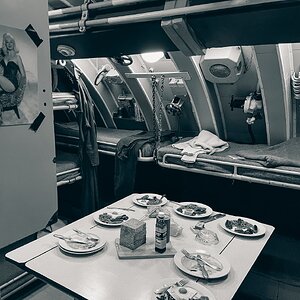

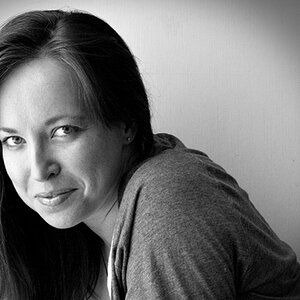
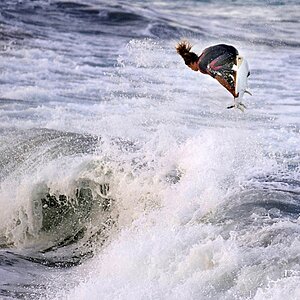
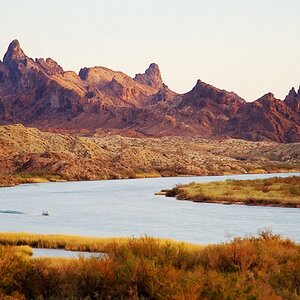

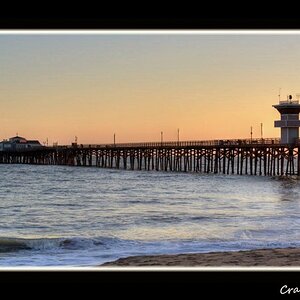
![[No title]](/data/xfmg/thumbnail/41/41862-7cc80b10f9effd079847b9dd210dbe2a.jpg?1619739925)



